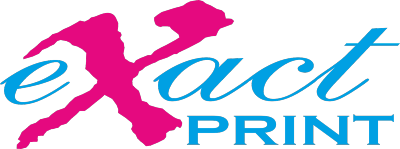Best Practices For Creating Memorable Event Flyers

The right marketing and advertising of any idea, association...
How to print flyers in London?
In advertising, flyers printing in London is almost a necessity. It is without a doubt an excellent method for promoting a new business or one that is returning after a period of reforms. We tell you in this article which paper is best for brochures or flyers and what other qualities you might be interested in learning about.
Which paper should be used for flyers?
The most common type of paper for this kind of advertising is coated or coated paper. Its touch is exceptionally delicate and glossy silk, which gives a more sure encounter while getting them. In a similar vein, they are resistant due to the compact coating on one or both sides.
A stucco layer made of adhesives and mineral pigments is also presented in this paper. Although it is difficult to write on, this allows for a greater appreciation of the printed colors. In short, it has a compact surface that is smooth.
Then again, assuming moderateness is the thing you're pursuing, you ought to consider development paper . It is the least expensive material. Although it is a decent alternative, the printed colors do not appear particularly vibrant due to its lower quality. It typically appears, among other places, in newspapers and plans.
Additionally, the cardboard paper must not be overlooked. One of the thicker models is this one. It has a straightforward visual impact due to its exceptional quality and definition. Similarly, it resists extremely well. It is frequently utilized by organizations connected with the extravagance area or that need to give a great picture.
Finally, we came up with another option that might be of interest to you. All of the papers utilized by offset printers via rollers and plates are included in this category of paper, which is known as offset paper. It is frequently utilized in conjunction with laser photocopiers, despite the fact that it is not the best option for producing a genuine advertising effect.
Another essential aspect is grammar. A paper's thickness determines whether it is suitable for a particular professional field. The final product's resistance and color definition are influenced by this quality. Five majority weights were identified:
A. 80 gr/m2: It's the one that comes with the A4 sheets we typically purchase.
B. 135 gr/m2: These flyers have very little wrinkling and are extremely thin. ideal for cheaply printing large quantities.
C. 170 gr/m2: The majority of advertising brochures and diptychs/triptychs use it.
D. 250 gr/m2: They appear to be of high quality and are quite resistant.
E. 300 gr/m2: significantly more robust and compact. It should not be used for printing at the industrial level.
As you have seen, these are the kinds of paper most used to print flyers . If you require any additional information, please do not hesitate to get in touch with us.
